Showa Dreamscape: Nostalgic Tourism in Retro Tokyo
Japan’s Never-Ending Nostalgic Trip
Discover some of Tokyo's best neighborhoods and eateries to experience Japan's unique retro culture and its embrace of nostalgic tourism.
If you’ve ever found comfort wandering through a district like Asakusa while savoring a treat such as ichigo-daifuku (strawberry and sweet bean-filled sticky-rice ball) amid the backdrop of wooden structures, you’ve already encountered the impact of Showa-era nostalgic tourism in retro Tokyo.
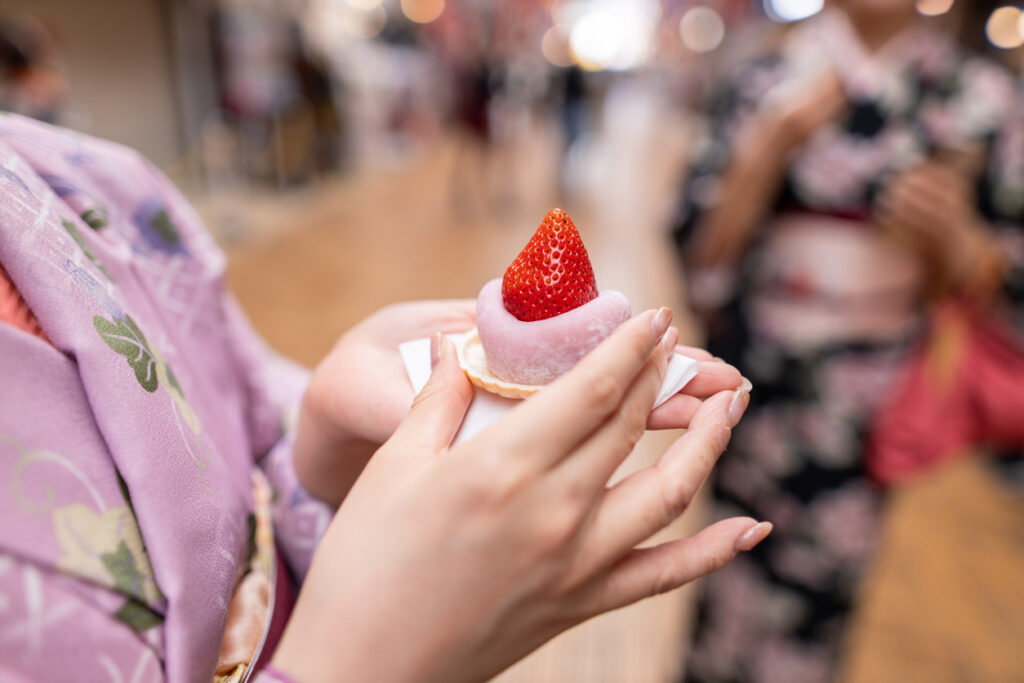 © Photo by iStock: Satoshi-K
© Photo by iStock: Satoshi-KJapan, a global icon of modernity and futurism, is experiencing a deep yearning for its Showa era (1926 to 1989) heritage. Nostalgic tourism, driven by its retro city branding, is more than just a passing trend. It reflects Japan’s desire to reconnect with its roots and find solace in simpler times. From neighborhoods and districts to cozy cafes and themed izakayas, we’re here to show you the hidden gems that celebrate Japan’s cultural heritage.
Neighborhoods and Districts
Tokyo’s neighborhoods and districts blend historical architecture, vintage businesses and cultural events to evoke Showa-era nostalgia. Here are five must-visit areas that offer a unique fusion of old-world charm and modern convenience that authentically celebrates Japan’s cultural heritage.
1. Asakusa
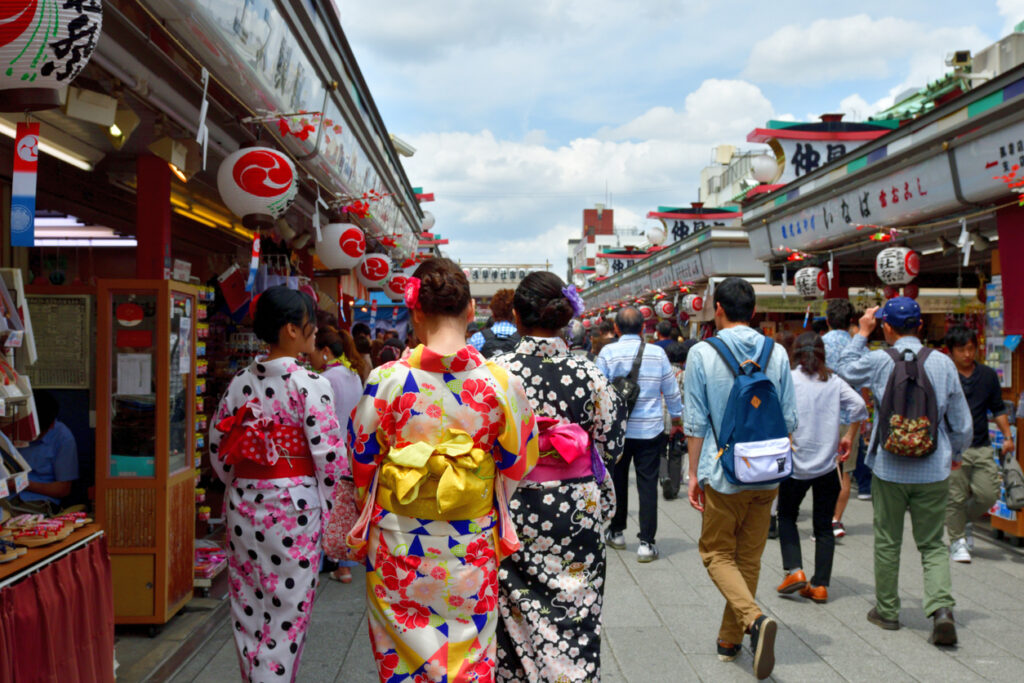 © Photo by iStock: magicflute002
© Photo by iStock: magicflute002Asakusa is renowned for its historical charm and iconic landmarks; Senso-ji Temple and Nakamise-dori. Sumida Park’s lush greenery and cherry blossom trees create a timeless backdrop reminiscent of Showa-era leisure and picnics. Additionally, Asakusa hosts various traditional festivals throughout the year, including the Sanja Matsuri, which features authentic costumes, music and rituals.
2. Harmonica Yokocho (Kichijoji)
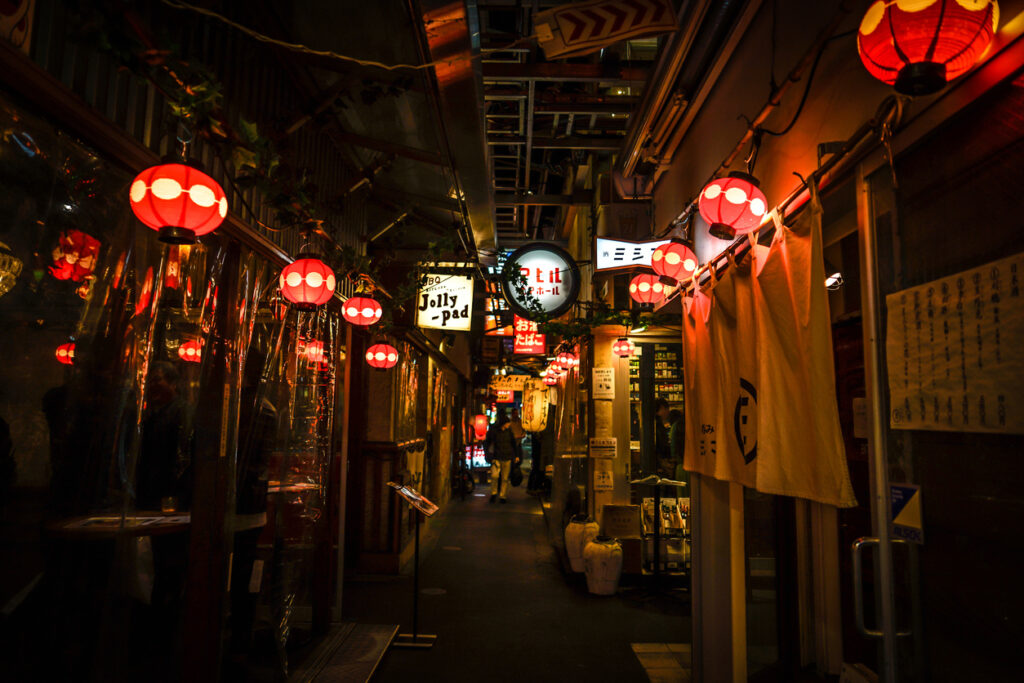 © Photo by iStock: kanzilyou
© Photo by iStock: kanzilyouHarmonica Yokocho captures the nostalgic Showa era ambiance through its preserved architectural style, traditional decor and cuisine. The narrow alleyways are lined with small establishments that often serve traditional Japanese dishes and drinks popular during the Showa era, such as classic dishes like yakitori (grilled chicken skewers) and sake. The district also periodically hosts themed events and festivals; featuring live music performances, retro fashion shows and cultural activities.
3. Ueno and Ameya-Yokocho (Ameyoko)
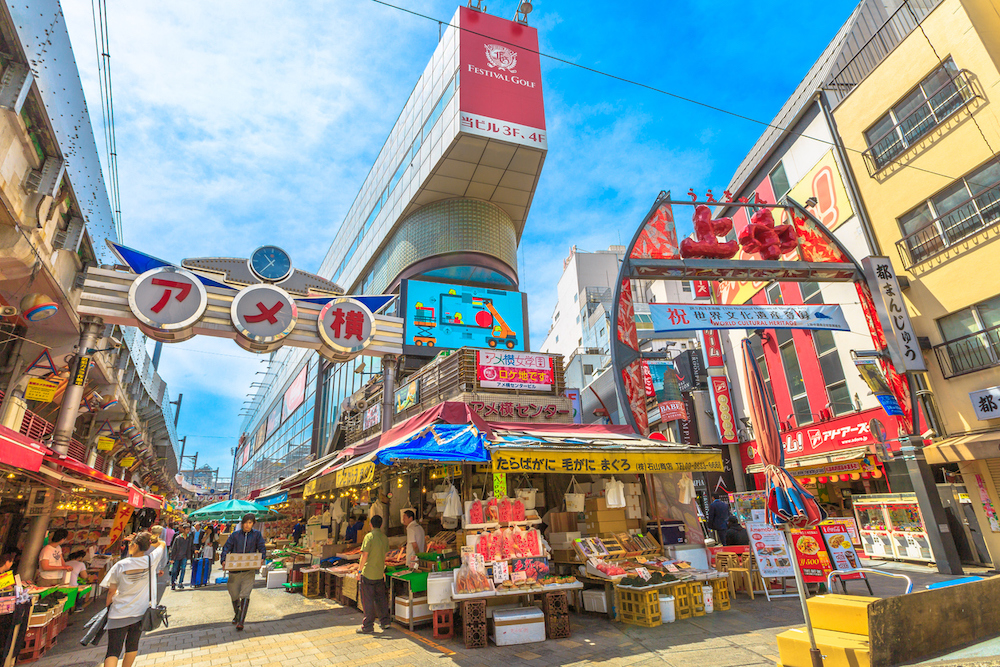 © Photo by iStock: bennymarty
© Photo by iStock: bennymartyAmeya-Yokocho’s shops offer nostalgic Showa-era products, from vintage clothing and toys to electronics and collectibles. Food vendors serve classic Japanese street food items popular during that time, such as taiyaki (fish-shaped cake), takoyaki (octopus filled savory ball cakes) and yakitori. There are occasionally themed events and festivals that celebrate the Showa era.
4. Koenji
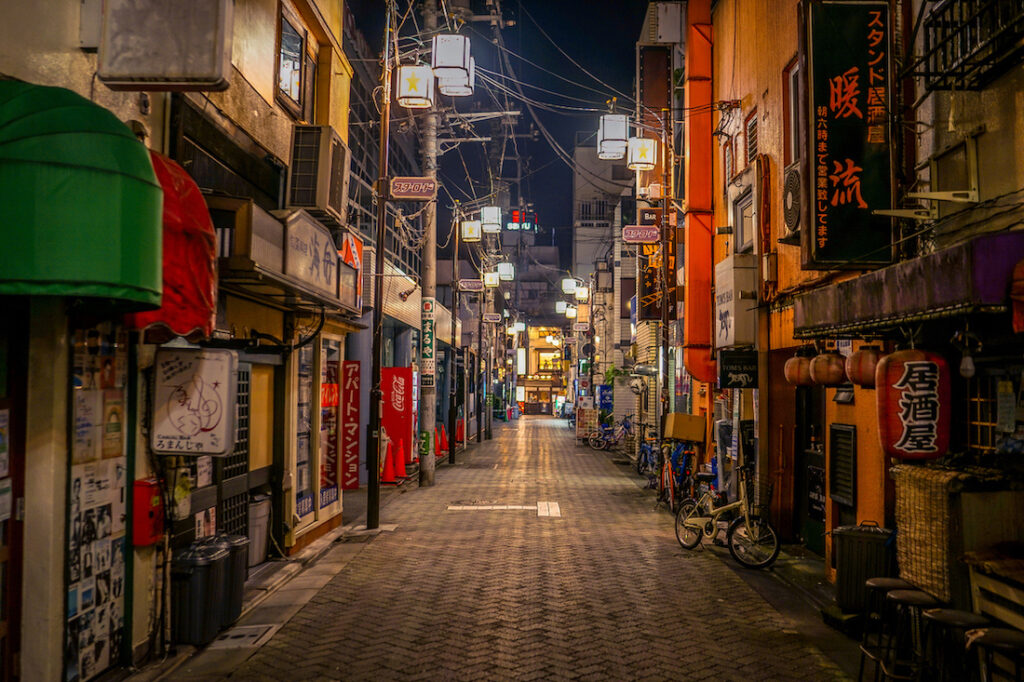 © Photo by iStock: kanzilyou
© Photo by iStock: kanzilyouKoenji thrives as an underground music and arts hub, with narrow streets brimming with vintage shops, record stores and retro-themed bars—a haven for Showa-era enthusiasts. Renowned for its vintage clothing stores, Koenji lets shoppers don styles reminiscent of that era. Their retro-themed events, from classic car exhibitions to fashion shows, capture the Showa spirit too.
5. Kagurazaka
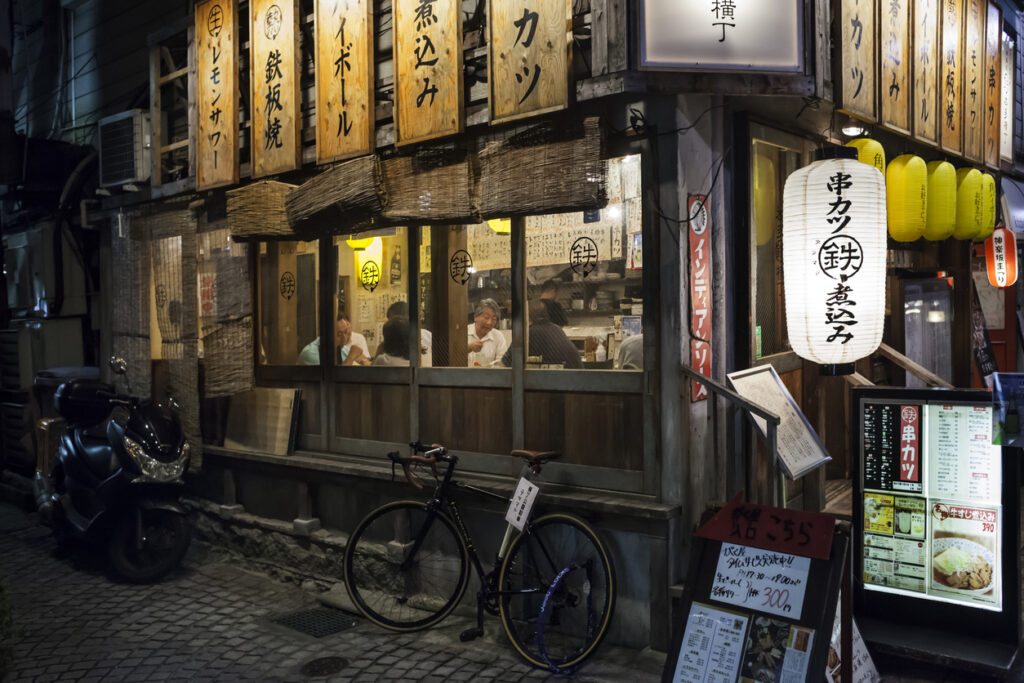 © Photo by iStock: Conchi Martínez
© Photo by iStock: Conchi MartínezKagurazaka’s distinct blend of traditional Japanese culture, European influences and historic streets offers a captivating destination for those in search of Showa-era nostalgia. Its cobblestone streets, street art and murals depicting scenes and figures from that time, transport visitors to the early 20th century. Kagurazaka’s calendar is dotted with traditional festivals and events celebrating Showa-era culture, including geisha performances and cultural processions.
Cafes
Tokyo’s kissaten (traditional Japanese cafes) menu often includes classics like omuraisu (omelet over rice), sandwiches, coffee and melon soda floats. For those seeking Showa-era nostalgia in Tokyo, a visit to one of these kissaten can guarantee that experience.
Café de L’Ambre
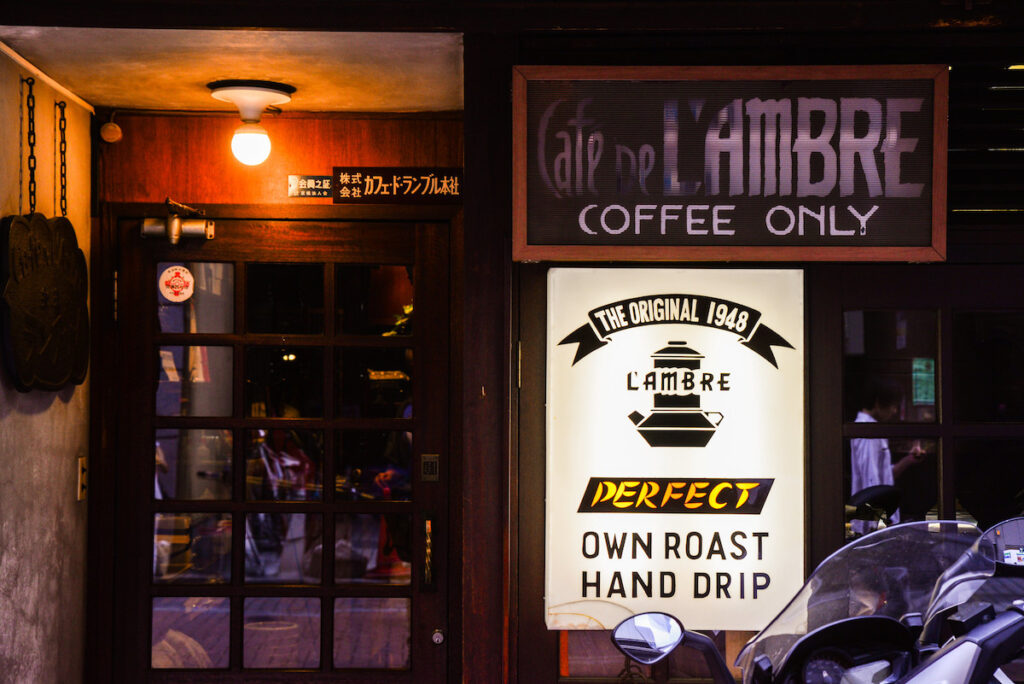 © Photo by Flickr: sheng wang
© Photo by Flickr: sheng wangCafé de L’Ambre, an iconic coffee shop dating back to the 1940s, has preserved its Showa-era allure. With vintage coffee-making gear, wooden decor and antique ambiance, it’s a coffee connoisseur’s haven. Since 1948, this time-defying café has been pushing the boundaries of coffee, serving meticulously prepared, decades-old brews.
Address: 8-10-15 Ginza, Chuo City, Tokyo
Kayaba Coffee
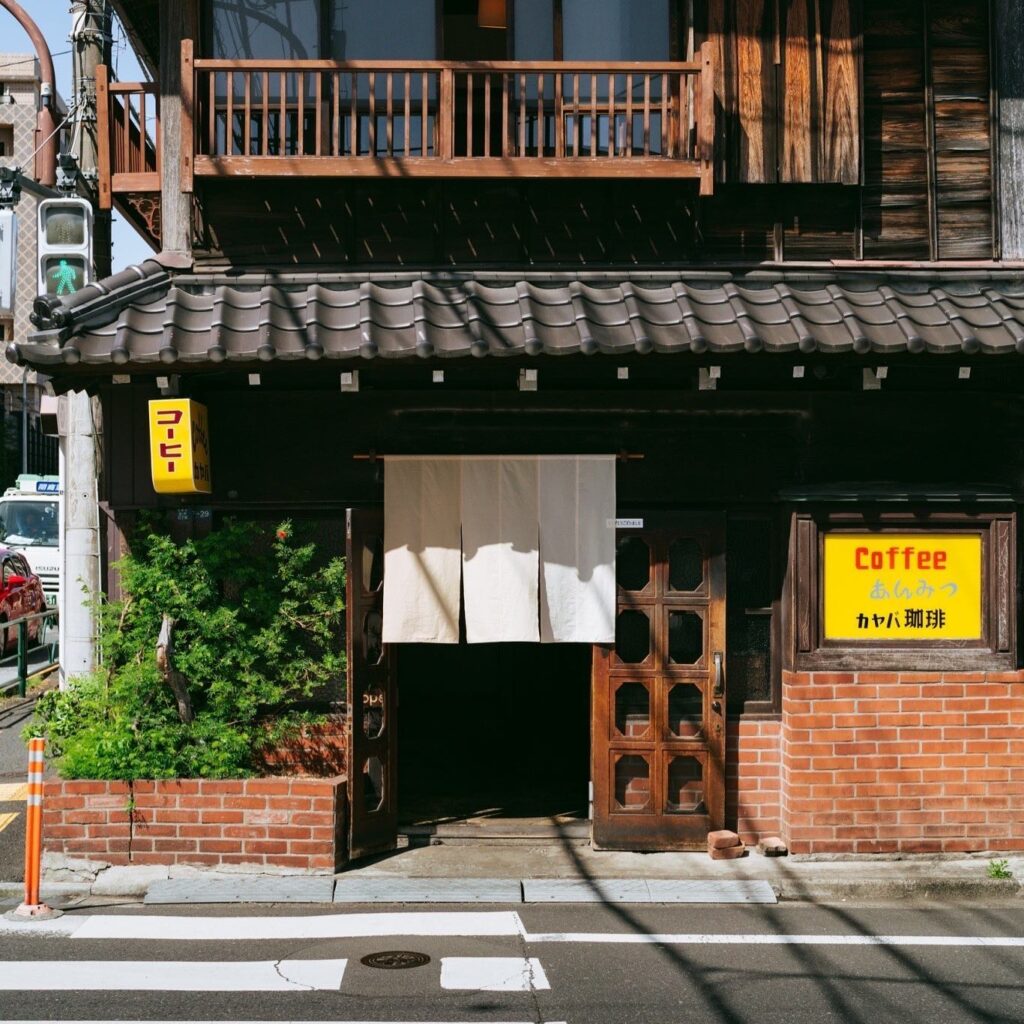 © Photo by Kayaba Coffee
© Photo by Kayaba CoffeeNestled along Yanaka’s Kototoi-dori in Tokyo, Kayaba Coffee appears to be an unassuming, uniquely charming house at first glance. Yet, hidden within its walls is a rich history of over 70 years as a cherished café. What sets it apart is its unwavering commitment to preserving the ambiance and charm of the Showa era, with its classic decor, vintage furnishings and a mid-20th-century atmosphere.
Address: 6-29-1 Yanaka, Taito City, Tokyo
Coffee Shop Galant
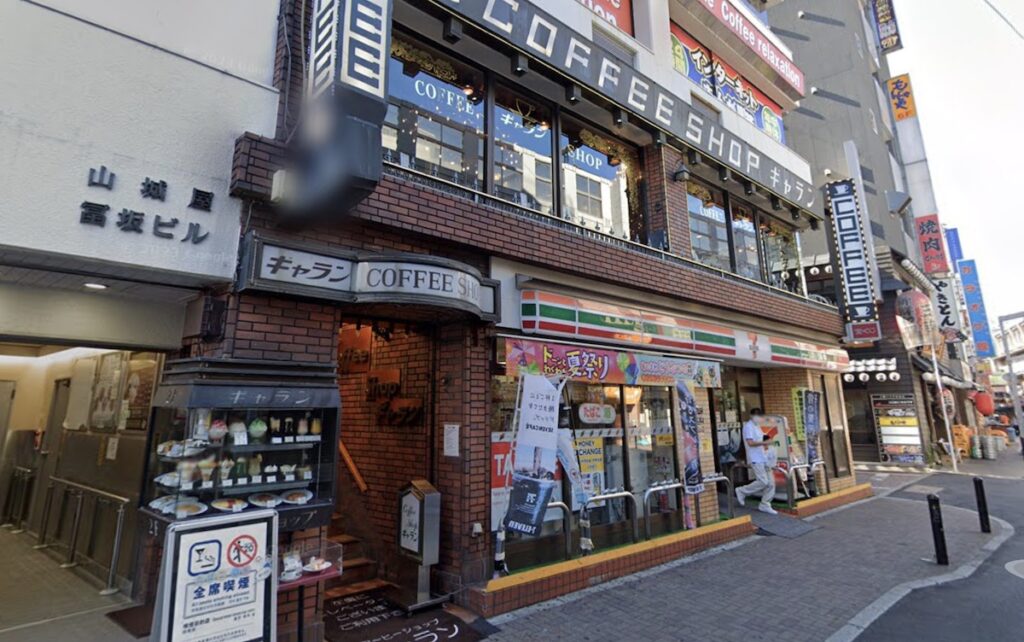 © Photo by Google Maps
© Photo by Google MapsGalant is a living time capsule, whisking you away to Tokyo in 1977, as this kissaten has held onto its authentic charm for an impressive 46 years. Chandeliers, leather chairs and retro tiles all serve as reminders of the bustling days of the bubble economy. From the captivating lamps to the vintage pink telephone tucked in the corner, every piece of furniture and decor proudly wears the patina of age. In the dessert menu, the chocolate parfait is a delicious testament to the era’s sweet nostalgia.
Address: 6-14-4 Ueno, Taito City, Tokyo
Izakayas
Whether you’re interested in savoring traditional Japanese comfort food, immersing yourself in the retro atmosphere or simply relishing a taste of Japan’s past, these themed izakaya (Japanese-style pub) provide an authentic and memorable journey through time.
Hanbey
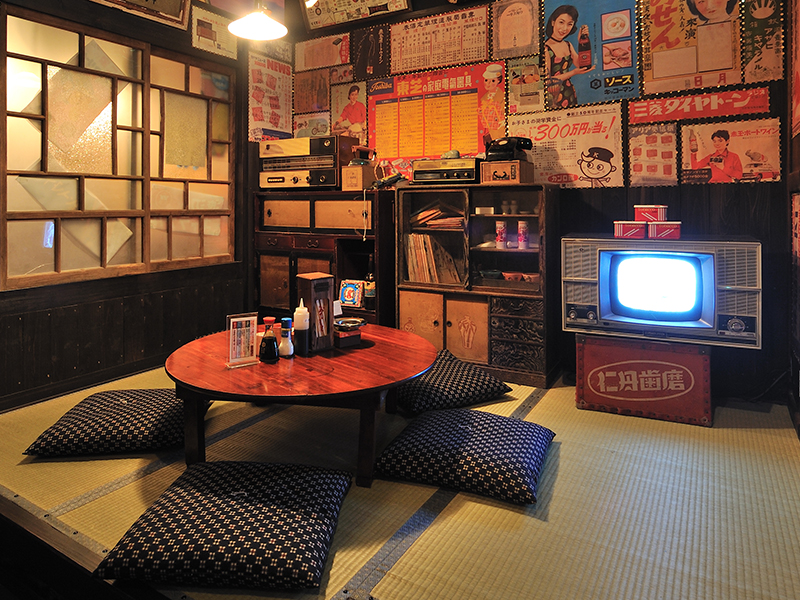 © Photo by iStock: Hanbey
© Photo by iStock: HanbeyHanbey is a renowned izakaya chain in Japan known for its embrace of retro WWII-era decor, lively atmosphere and affordable yet delicious dining options. Inside, you’ll find walls adorned with posters and advertisements harking back to the Showa era. You’ll also be able to buy vintage Japanese toys, snacks and action figures, all contributing to its nostalgic charm.
Address: 1−6−8 Kusumoto 2nd Building B1F, Dogenzaka, Shibuya City, Tokyo (multiple other locations)
Sudacho Old Restaurant Area
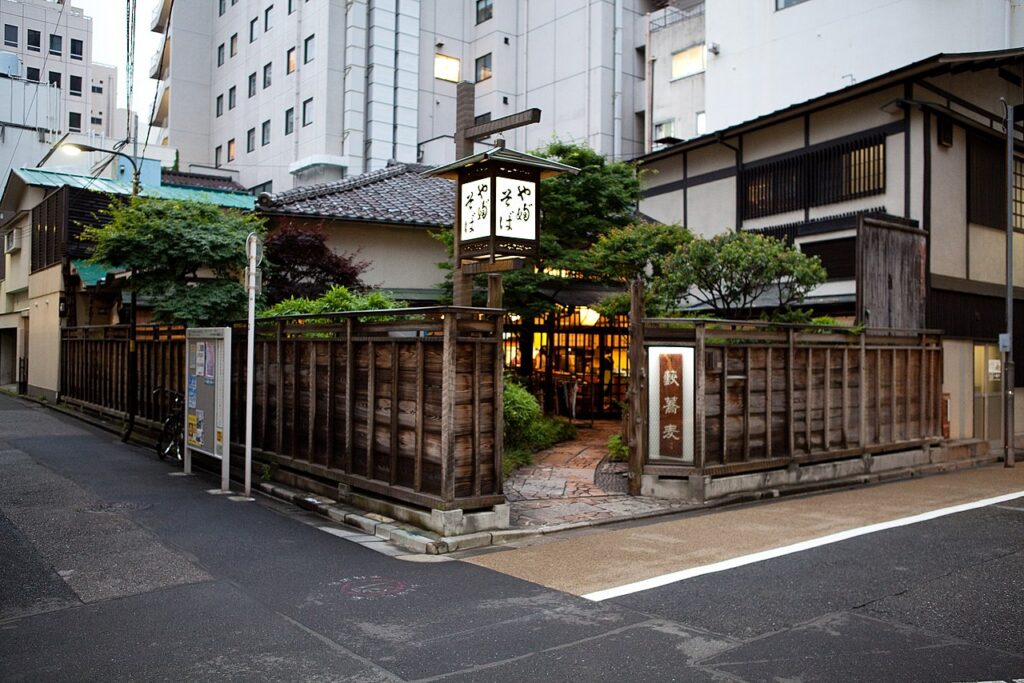 © Photo by iStock: TenSafeFrogs
© Photo by iStock: TenSafeFrogsA historic district where time-honored restaurants dating back to the 19th and early 20th centuries still thrive. Here, relish in authentic Japanese cuisines like soba noodles, chicken pot and delectable sweets. As you stroll through this area, you’ll be transported to experience not only the nostalgic Showa period but also the Edo and Meiji eras.
Notable Establishments:
- Takemura: Established in 1930, this shop specializes in traditional Japanese sweets, primarily crafted from red beans and also offers a variety of ice cream flavors.
- Isegen: Established in 1830 and situated in its current building since 1930, this restaurant stands as Tokyo’s exclusive destination for monkfish cuisine.
- Botan: Rebuilt after the great earthquake in 1924, this place has sold grilled chicken sukiyaki for nearly a hundred years.
- Matsuya: Established in 1884 and housed in its present location since 1924, Kanda Matsuya is renowned for its humble and authentic soba noodles.
- Yabusoba: Established in 1880 and widely celebrated for its soba noodles.
- Kemuri: Established in 2005 within a meticulously restored pre-World War II building, Kemuri is an izakaya renowned for its expertise in smoked meats and vegetables (Kemuri translates to “smoke” in Japanese.)
While the above are just a few examples of Tokyo’s locations where this form of marketing is realized, Showa era nostalgic marketing isn’t just a stroll down memory lane or a marketing gimmick; it’s a vibrant tapestry that weaves the past into our present. This creates a nostalgia that transcends generations in Japan. So, come and step back in time to savor the timeless charm of retro Japan in these eateries and neighborhoods where you can create unforgettable memories.
Do you know of any other kissaten, izakaya or neighborhoods where you can experience retro tourism in Tokyo? Let us know in the comments below.



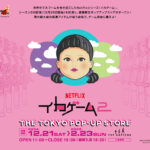
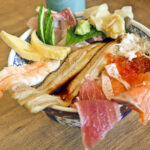
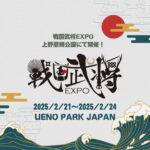


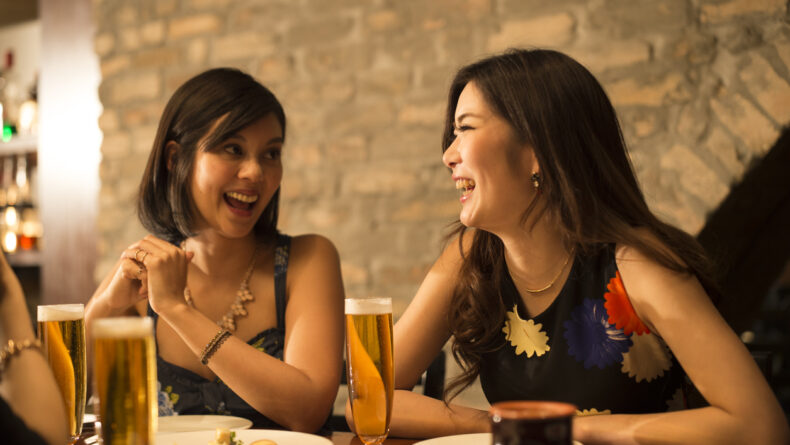
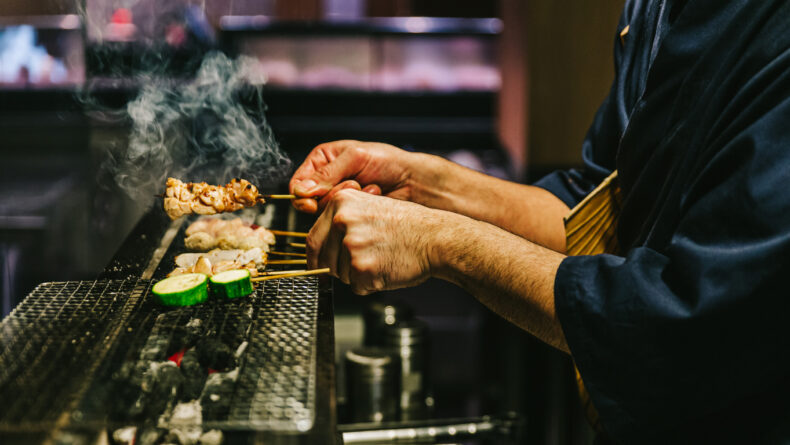
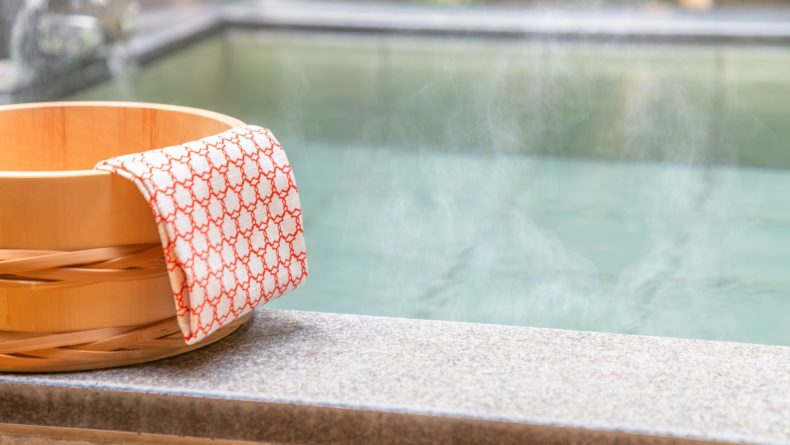
This article is sooooo fascinating to read. Feeling completely nostalgic. I could never get enough of Japan. Going to Tokyo on a tour group this 1st week of Dec. For moms birthday. Then plans to go back next spring to Osaka region this time on our own.